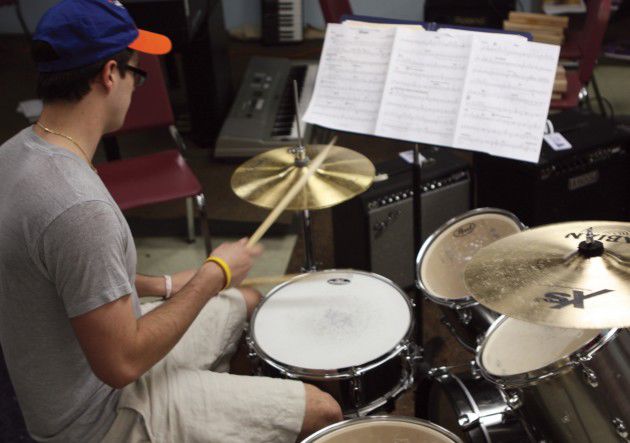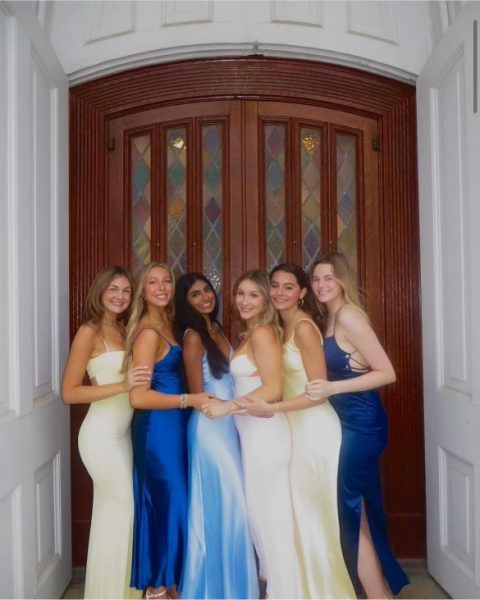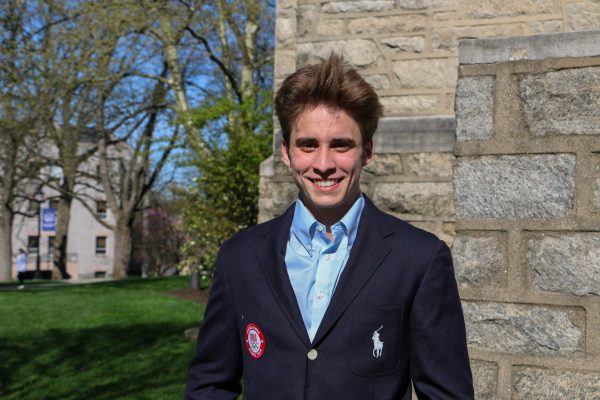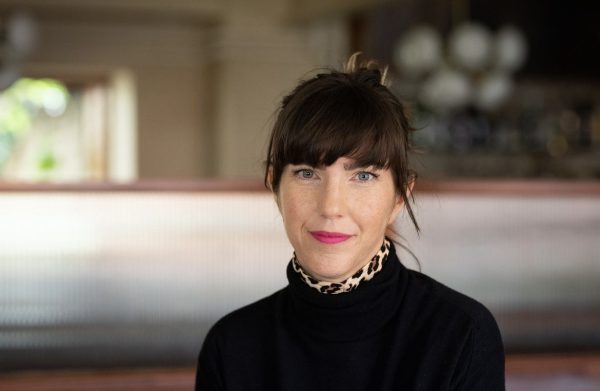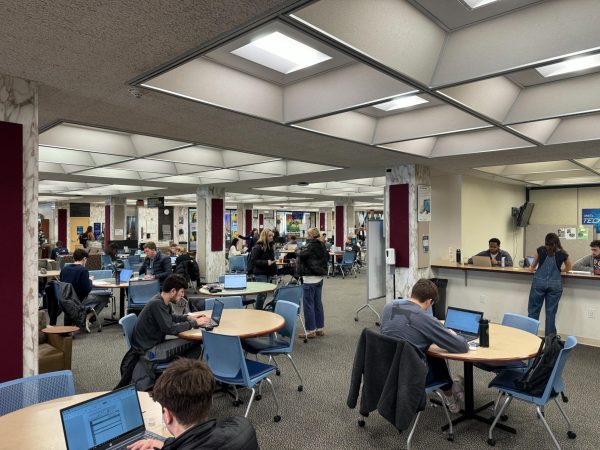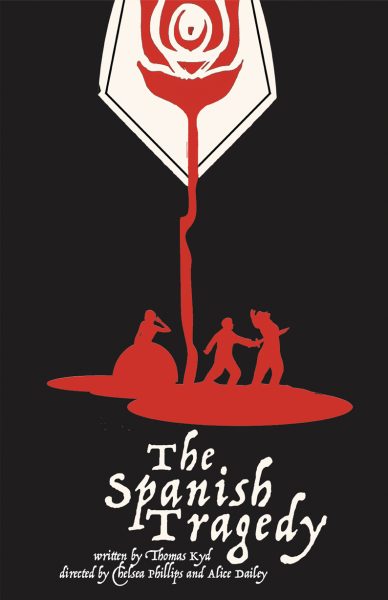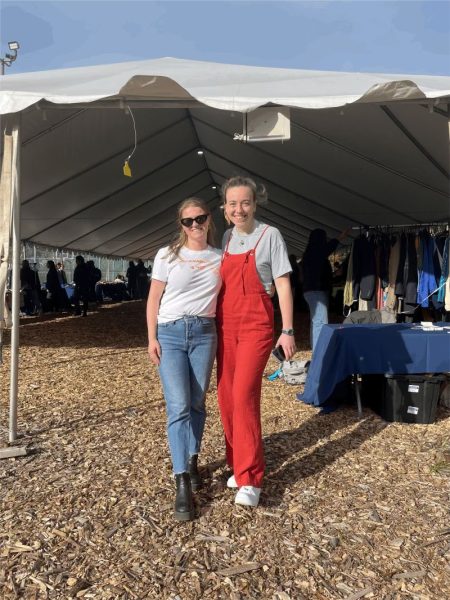Villanova updates musical facilities for students
April 7, 2010
When the nurses moved into Driscoll Hall in August 2008, Music Activities celebrated, gainingsome much needed space after the nursing program left the basement of St. Mary’s.
A year after the move, keyboards and music stands had replaced hospital beds and faux IVs.
As of last semester, St. Mary’s now houses a brand new dance studio, orchestra rehearsal room, music library and six practice rooms complete with pianos, drum sets and amplifiers.
The new facilities were warmly welcomed since space has always been an issue for Music Activities.
“We could always use more room — it allows us to offer more,” says George Pinchock, associate director of Music Activities.
With the new addition, the Music Activities department has now grown spatially by 35 percent.
These new facilities now complement the previously existing band room and state-of-the-art computer lab.
While useful, the facilities that existed before the new installations were not sufficient for Villanova’s 25 various performance groups.
The 12 dance groups suffered especially. Without a dance studio with a softer, sprung floor, the groups resorted to practicing in lobbies with terrazzo or cement floors that were not fit for their activities.
Now the brand new studio — complete with mirrors, dance rails and a sound system — is in constant use by the Dance Ensemble, Irish dancers and many others.
Additionally, various dance classes are held for samba, hip-hop, salsa and others through groups on campus.
The practice rooms are generally available daily after 6 p.m., usually until around 11 p.m.
Anyone who wants to play should call, e-mail or just wander into the Music Activities offices to ask for permission.
In addition to several a cappella groups, there are currently about seven student bands that utilize the practice rooms.
Word of mouth has worked well enough for the practice rooms thus far, but there is sufficient room for anyone who wants to dabble with the piano, drums, guitar, trombone, harmonica, ukulele, kazoo — anything.
As for expansions, the Music Activities department is always open to new proposals; it does its best to facilitate organized student suggestions.
The goal is to serve various musical needs of the student body, particularly amateur musicians who do music simply for the love of it, Pinchock says.
Unfortunately, since it is run through Student Life and not through the Academic Department, they cannot offer music teachers, and the limited options for music classes on Villanova’s campus will remain narrow.
Anyone interested in taking a music course should look into taking a class at nearby Bryn Mawr or Rosemont Colleges.
According to Pinchock, nearly 600 Villanova students are currently involved in various arts activities on campus, and the number is steadily growing.
Villanova’s orchestra, two theater groups, six dance teams, four bands and eight singing groups are organized through Music Activities.
The only on-campus arts group that isn’t run by Music Activities is Pastoral Musicians.
Last year, there were more than 250 on-campus arts events; however, awareness of the activities is sometimes lacking.
So for those frustrated with the lack of an Academic Music Department at Villanova, know that there are people and resources on campus more than willing to facilitate student musicians.
Good luck, young Handel, Zach Condon or whoever you are. If you have any interest in music or theater, do yourself a huge favor, visit the new facilities and perhaps play a bit.

